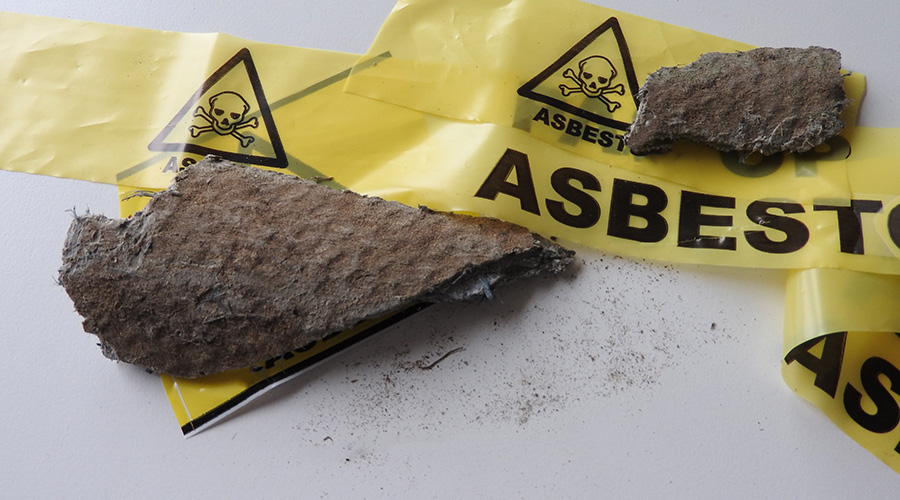Management Insight Column: Rethinking Management Priorities
Maintenance activities typically are the second largest expense for facilities, right behind energy costs. In some operations, they are the largest expense. Managers can have a significant impact on operating costs by using data to understand how they are performing, uncovering opportunities that can avoid, reduce, or control maintenance costs.
In re-engineering maintenance management systems, we need to take a step back. As mentioned earlier, the vast amount of data gathered is generated from work requests, converted to work orders, and captured in the CMMS. Managers need to capture some fundamental data elements to ensure it is useful in helping make smart decisions:
Work requests. These must be clearly communicated, and they must provide the necessary completion time and date.
Work orders. They must be classified correctly — whether PM, routine, or emergency — include the location of the work, and be linked to an asset number. All work orders must be assigned to a group or category — HVAC, electrical, roofing, plumbing, etc. They also must capture all time and materials.
Work order close-out. Work orders are entered into the CMMS and reports run so managers can measure, trend, and improve. This is the analysis activity discussed earlier.
An equipment maintenance plan (EMP) — essentially a file for each asset requiring maintenance — can help managers use data to streamline operations. The EMP helps develop annual budgets, captures capital projects, and assists in level loading maintenance resources. It should be reviewed annually to make sure no equipment goes overlooked, and it should be revised regularly to reflect changes.
Once this plan is loaded in the CMMS and the execution of a maintenance plan begins it quickly identifies any areas or assets that we are spending a lot of time or money in. Here is where the data gathering, measuring, trending, and analyzing is so crucial.
The development of the EMP establishes the financial costs associated with maintaining a piece of equipment, building, and grounds but does not capture the costs of our procedures and processes. This is the re-engineering of our maintenance management systems.
While people come and go, the processes we embed remain. Data indicates that technicians spend 24-26 percent of a typical day traveling. They spend another 18 percent looking for tools or materials. That is close to 45 percent of their time performing non-value-added activities. That's a system failure. A review of processes and procedures can streamline or re-engineer the work management process and return enormous gains.
The three items mentioned provide a good foundation for you to begin a proactive, long-term strategy to get more out of your facility maintenance group and ultimately contribute to the organization's bottom line by using data to drive better decision-making.
Agree? Disagree? Have something to say?
We want to hear from you. Visit myfacilitiesnet.com/AndyGager, and start a conversation.
Andrew Gager is a principal consultant with Nexus Global. He has more than 28 years of manufacturing and facilities experience, ranging from warehousing operations to plant management. He is a registered CMRP, CPIM and Six Sigma Green Belt, and he is formally trained in change-management principles.
Related Topics:













